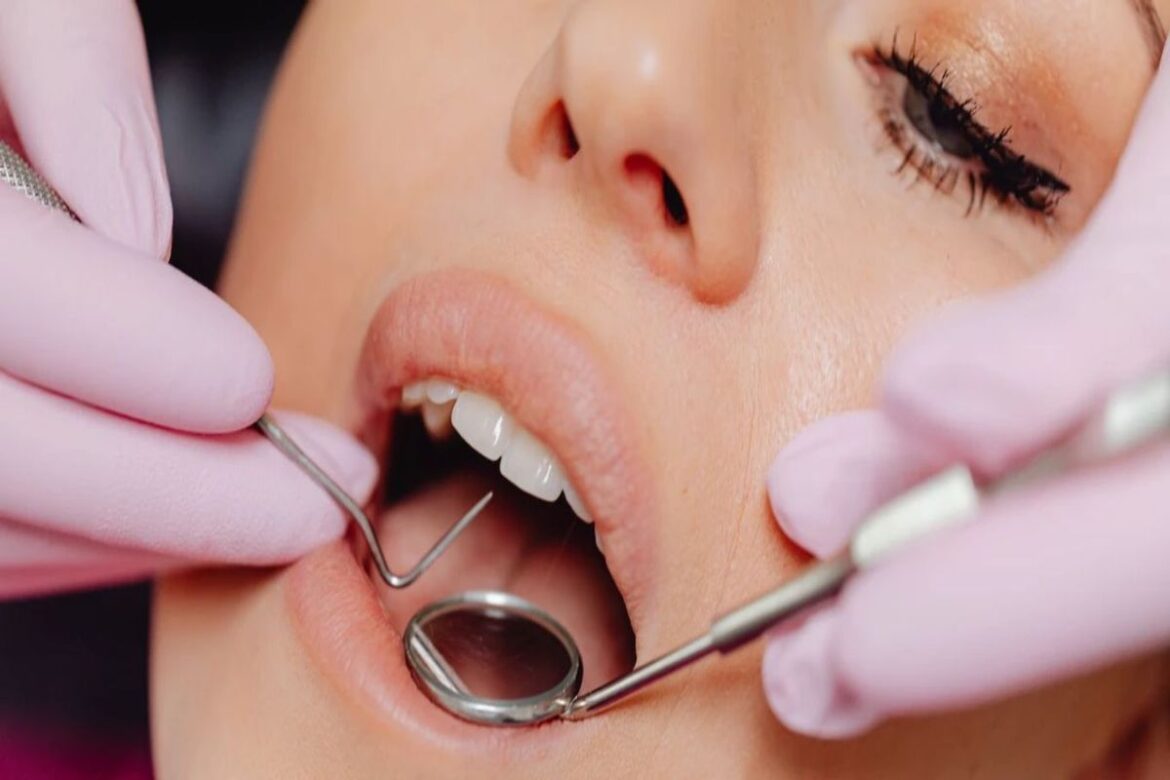Toter zahn leichengift symptome – A dead tooth can sometimes remain undetected for a long period of time. Dentists speak of a dead tooth when it is no longer supplied with nutrients via the nerves and blood vessels (technical term pulp). Although a dead tooth cannot be saved, professional treatment can at least ensure that it remains in the teeth for a longer period of time.
What is a Toter zahn?
In dentistry, dentists define a dead tooth as a tooth in which the inner pulp has died. The pulp is normally filled with nerves and blood vessels. However, this is no longer the case with a dead tooth, meaning that the tooth no longer receives vital nutrients. As a result, the tooth substance, the dentin, also dies. Patients often do not notice a dying tooth until it is already too late.
How Does A Dead Tooth Form?
The causes of a dead tooth are often progressive inflammation or a previous accident. If patients do not care for their teeth regularly, they risk developing tooth decay. If the tooth decay is not removed, it spreads further and can result in inflammation of the tooth root. Over a lengthy process, the pulp (dental pulp) then dies.
At first, tooth decay only damages a diseased tooth from the outside. However, the disease can reach the dental nerve through holes in the tooth, which often causes severe pain. If the dental pulp is infected with bacteria and the supply of nutrients is interrupted, the dental nerve dies and, eventually, the entire tooth. Molars with deep fillings that become leaky over time are particularly susceptible to tooth decay.
Gingivitis can lead to the pulp dying and thus to dead teeth. Another possible cause of a dead tooth is a dental accident. If a tooth is knocked out, breaks off, or is severely damaged, a visit to the dentist is unavoidable. Not only does the tooth no longer look good, but it also carries the risk of pulp necrosis (dead dental pulp tissue). A dead tooth can have serious health consequences and therefore absolutely requires dental treatment.
How can you recognize a dead tooth?
Many patients do not notice a dead tooth at first because the dead nerve pathways cannot transmit pain signals. As a result, the tooth usually does not cause any pain. However, if the tooth root becomes inflamed (pulpitis), severe pain and swelling can occur initially. Chewing on the diseased tooth can be particularly painful.
A noticeable sign of a dead tooth is a toothache that suddenly subsides. The patient then believes the inflammation has gone, but in fact, the affected tooth has died. In addition, the devitalized tooth does not fall out immediately but can remain stable in the mouth for a longer period of time thanks to the tooth enamel. The problem is often only noticed when the tooth turns dark or breaks off. As soon as the tissue in the tooth starts to rot, an unpleasant smell can develop.
How Can A Dentist Diagnose A Dead Tooth?
A dentist can diagnose a dead tooth using a vitality test. This cold test uses, for example, a blast of cool air from the water-air gun at the dentist’s chair. If the tooth is still intact, the patient will clearly perceive this cold as a pulling pain. If this is not the case, however, the patient will not feel any pain. Using percussion testing, the dentist taps the tooth in question. If the tooth is dead, the patient will feel a dull pain. Ultimately, an X-ray can provide information about the condition of the tooth.
What Treatment Options Are There?
Depending on how far the inflammation of the diseased tooth has progressed, there are various treatment options. Either a root canal treatment is carried out or, as a last resort, the only option is to extract the tooth. In any case, treatment is necessary because a dead tooth can have far-reaching health consequences.
Root Canal Treatment (Endodontics)
Root canal treatment is performed when the diseased tooth can be saved, and a dental bridge is still needed. The dentist removes dead tissue and bacteria from the root canal. After preparation, the root canals are filled with a special sealing compound, and the tooth is reconstructed to match the other teeth visually. Root canal treatment can excluding the tooth for many more years.
Removal of The Tooth (Extraction)
However, if the inflammation has progressed too far or the tooth is loose or brittle, it cannot be saved. The dentist can, therefore, only extract the diseased tooth to avoid chronic inflammation in the body. The resulting gap can be closed again with a denture.
What Dental Treatments Are Possible?
The dentist generally tries to save the affected tooth using root canal treatment and/or root tip resection (cutting off the tooth root tip). The inflamed tissue is first removed during root canal treatment, and then the root canals are sealed. If the treatment is unsuccessful (for example, due to a severely curved tooth root), the only option is resection. The doctor shortens the tooth root by around two to three millimeters in order to access the inflamed tissue more easily.


